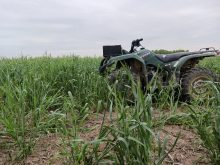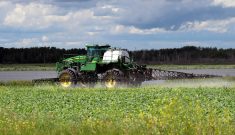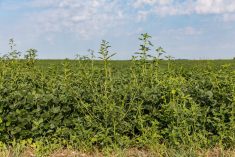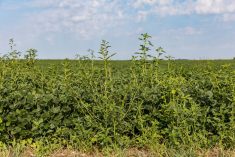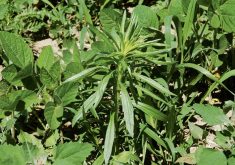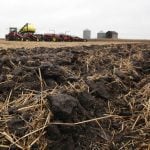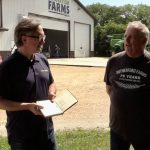Lamb’s quarters can be a real contender in the field despite susceptibility to a variety of active ingredients. A species of the goosefoot family, lamb’s quarters (Chenopodium album L) require early and active management.
Why it matters: Lamb’s quarters are extremely common, emerge early and can significantly reduce yields.
Lamb’s quarters are a summer annual species that emerges in spring and sets seed in late summer to fall. As described by Michigan State University (MSU), the weed is an early grower that can achieve 10 per cent emergence within 150 growing degree days and 25 per cent by 262 growing degree days.
Read Also
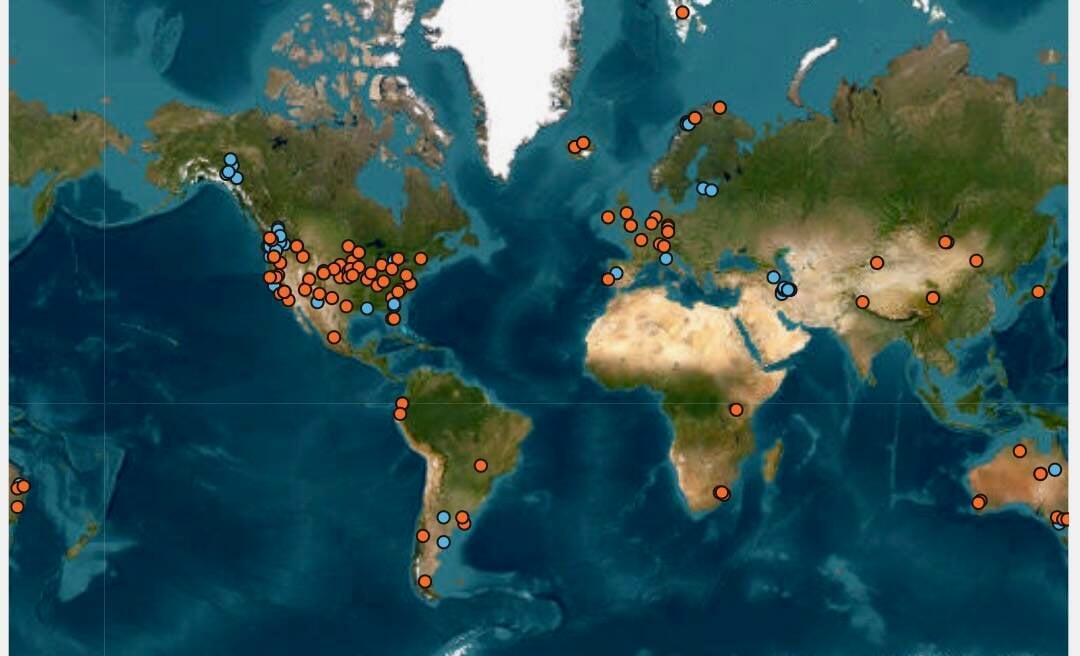
Predicting precise fertilizer application
A global study that it’s very difficult to predict when to precisely apply fertilizer.
Seeds germinate from soil depths of less than one inch but can live underground for years. MSU reports 50 per cent of seeds will remain viable after 12 years. They also perform well in compacted soil.
“As burial depth increases, seed dormancy increases,” reads one of MSU’s extension articles.
“Conditions to break dormancy include high levels of soil nitrate, exposure to light and fluctuating temperatures. Seeds on a single plant have different dormancy requirements. This is one reason why [lamb’s quarters are] so persistent in the soil.”
Economically, MSU lists lamb’s quarters as one of the more competitive weeds. With one weed per 1.5 feet, corn yield losses reach 13 per cent. In soybeans, less than one plant per foot of row results in 25 per cent yield losses, and that number almost doubles for sugar beets.
According to the provincial government’s Agronomy Guide for Field Crops, one plant per sq. metre in corn and soybeans can cause yield losses of 12 and 13 per cent respectively. With five plants per sq. metre, it’s 35 and 38 per cent.
The weed can feature stems and roots from 20 to 200 centimetres long, branched or unbranched, with smooth green, reddish or purplish lengthwise stripes and ridges.
The first two to four leaves appear opposite one another early in the life cycle, with two per node. All later leaves and branches distinctly alternate with one per node.
Leaves can be long and lance-shaped, though more frequently appear broadly triangular with irregular, shallow teeth. They have a green or gray-hued colour, sometimes partnered with a reddish undersurface in young plants. Its flowers are small, greenish and densely grouped, with seeds as small as one millimetre in diameter.
Chemical controls
Lamb’s quarters can be controlled by several means. In a 2017 article for Country Guide, Mike Cowbrough, weed management specialist with the provincial ministry, recommends soil-applied pre-emergence herbicides since the weed’s germination window is weeks long and more than one application is usually required for complete control.
Cowbrough also says glyphosate application before lamb’s quarters are taller than five cm, or before the six- to eight-leaf stage for most other post-emergence herbicides, is a good option. This should be done when ambient daytime air temperatures are above 20 C, and without mixing micronutrients into the herbicide solution.
There are some resistance issues. The weed control guide lists some lamb’s quarters populations as resistant to amino acid synthesis inhibitors (Group 2), and systemic photosynthesis inhibitors (Group 5).
Other controls
MSU says night tillage can reduce lamb’s quarters emergence by 30 to 70 per cent. Tilling in spring and planting later also reduces pressure.
When the weed is less than a quarter inch tall (0.6 cm), rotary hoeing is effective, as is flaming – literally burning the plants – at or before a height of half an inch (1.2 cm).
Cowbrough’s article reiterates the importance of practices to improve soil health and foster microbial populations. Those include maintaining residues, conservation tillage, good crop rotation, cover crops, and the judicious use of chemical controls.




